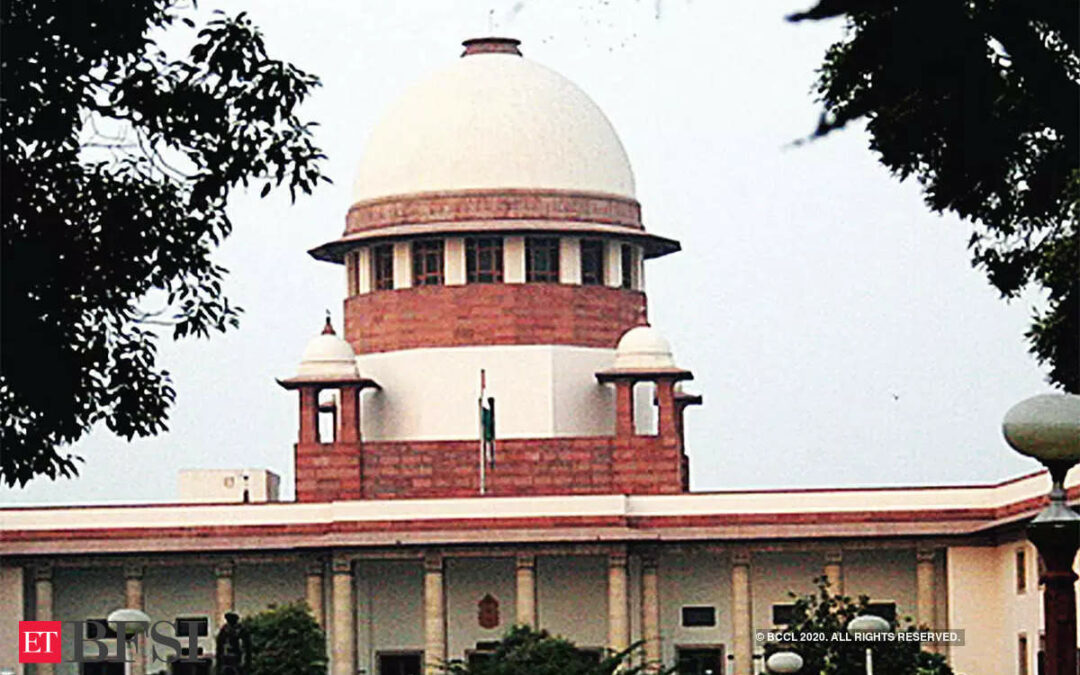A recent ruling by the Supreme Court of India has raised concerns among banks, as it has recognised tax departments and government agencies on par with secured creditors under the Insolvency and Bankruptcy Code (IBC). This decision has triggered worries among lenders that tax authorities may claim a substantial portion of the recovery, potentially affecting the interests of financial lenders.
The Insolvency and Bankruptcy Code, introduced in 2016, has gained popularity over the years, but it has been marred by various structural issues, including persistent delays in resolution and significant write-offs. Data reveals that timelines for concluding cases have expanded in all categories, indicating delays in the insolvency process.
Dismal performance
As of June 2023, over 2,100 Corporate Insolvency Resolution Processes (CIRPs) have experienced delays of more than 270 days, affecting 65% of ongoing cases. These delays have increased over time, with 75% experiencing delays in June 2021 and 61% in June 2022. The overall recovery rate has increased to 31.62% in Q1FY24; however, creditors have continued to face significant write-offs, amounting to approximately 68% of admitted claims in resolved cases.
The legislative intent behind the IBC was to reduce the priority of government dues, making the ruling a source of confusion for the industry. The banking community believes that the interests of financial lenders have been compromised as a result of the judgment.
Despite the concerns, the recovery rate improved to 33% of admitted claims in the September quarter, reflecting growing investor interest in various small and medium enterprises. However, the Supreme Court’s ruling places the amount due to central and state governments below that of unsecured creditors, raising questions about the IBC’s fundamental structure.
Increased pressure
The Supreme Court’s decision is expected to impact the strategies of financial creditors dealing with insolvent companies, as it places greater importance on government dues in the insolvency resolution process. Companies facing insolvency will likely face increased pressure to settle their statutory dues, as overlooking them in an insolvency resolution plan could lead to plan rejection.










